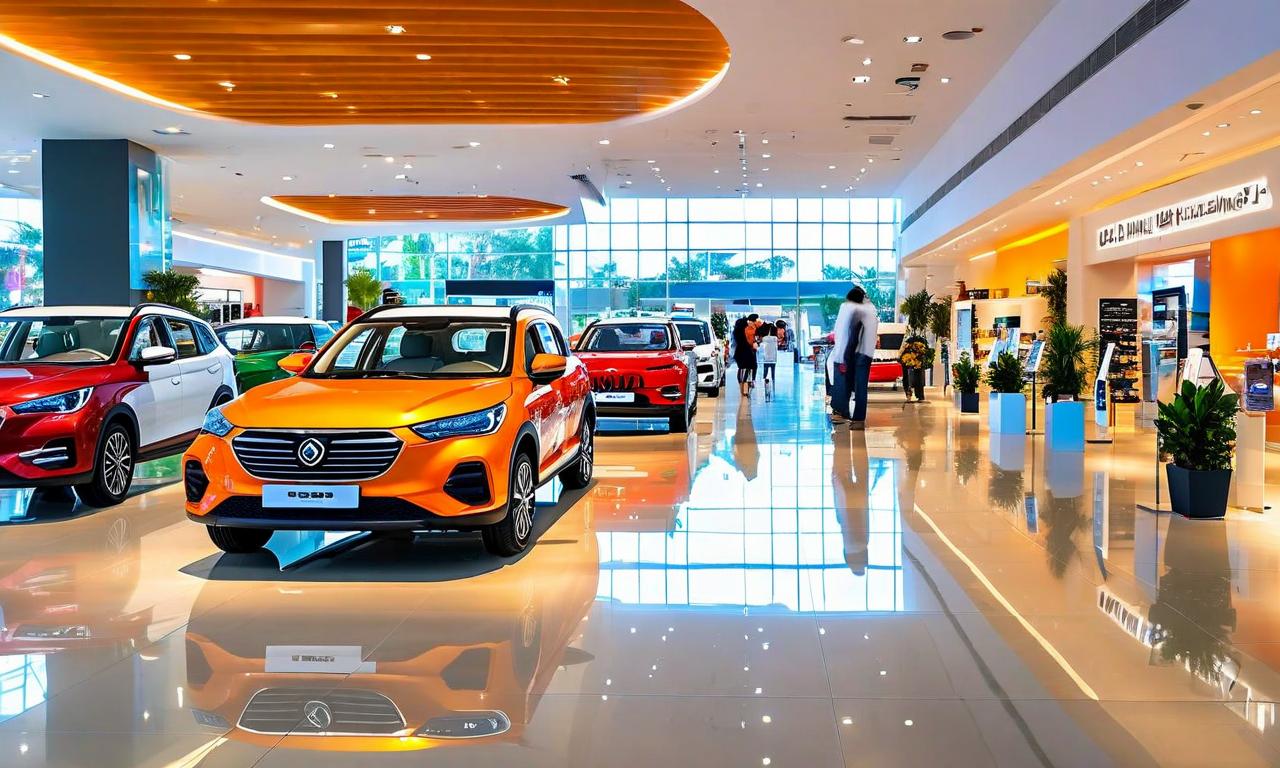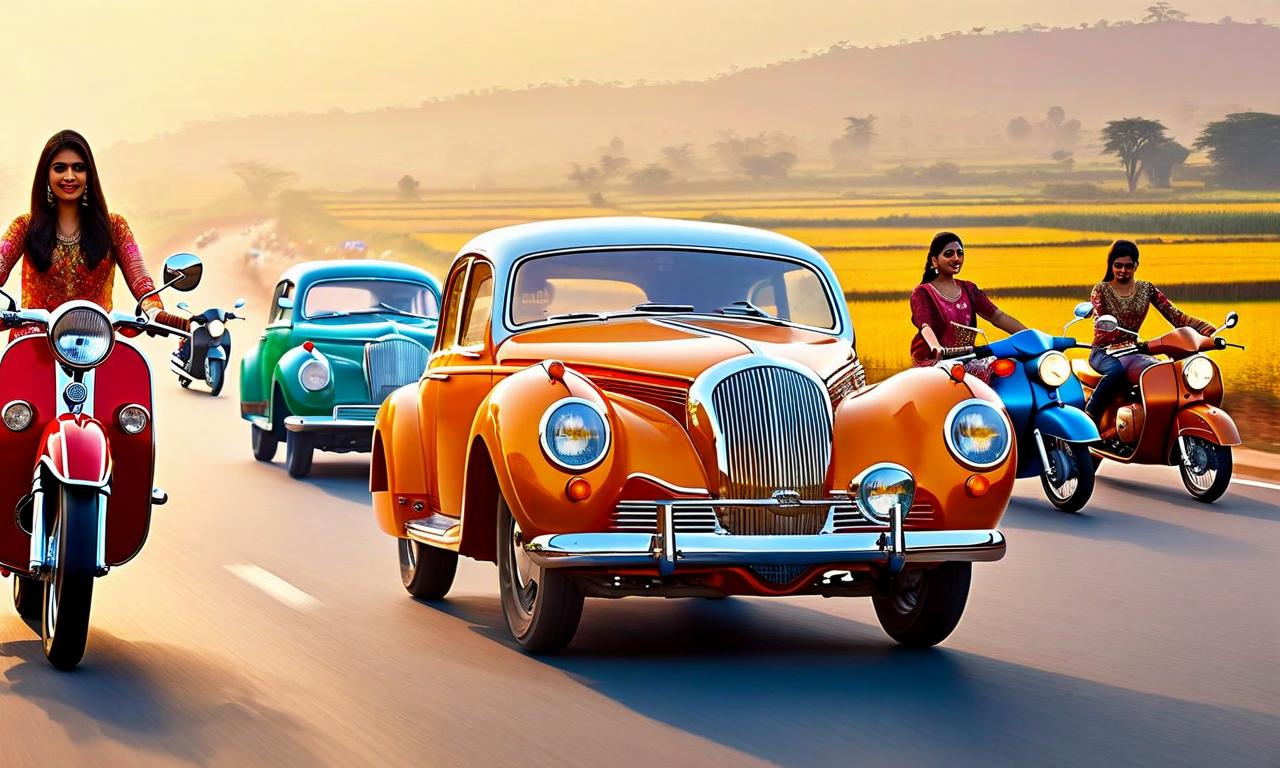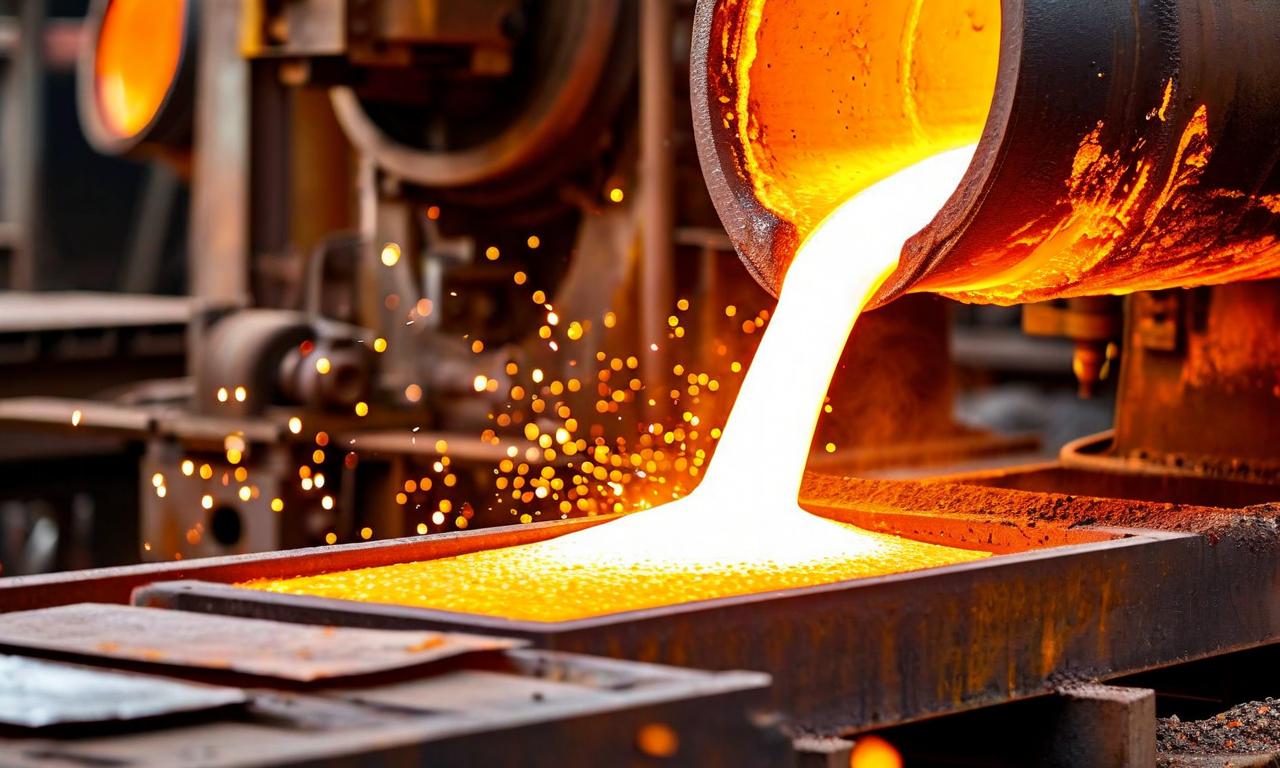Luxury Car Makers Lead Premium Segment Push in Indian Auto Market
The Indian automobile sector is experiencing a surge in high-profile launches, particularly in the premium segment. Luxury brands like Maserati, Porsche, and Audi have introduced new models, including the Grecale Folgore, 911 Turbo S, and Q3 and Q5 Signature Lines. Out of 15 new models scheduled for release between November and March, 13 are SUVs, reflecting strong consumer preference for feature-rich vehicles with higher ground clearance. This trend indicates a shift towards luxury, functionality, and adaptability in the Indian auto market, potentially increasing competition and expanding the premium category.

*this image is generated using AI for illustrative purposes only.
The Indian automobile sector is witnessing a flurry of high-profile launches, signaling a robust push in the premium segment. Luxury car manufacturers are at the forefront of this trend, introducing new models that cater to the evolving preferences of Indian consumers.
Premium Launches Take Center Stage
Several prestigious brands have recently unveiled their latest offerings in the Indian market:
| Brand | Model | Price (in ₹ crore) |
|---|---|---|
| Maserati | Grecale Folgore | 1.89 |
| Porsche | 911 Turbo S | 3.80 |
| Audi | Q3 Signature Line | Not specified |
| Audi | Q5 Signature Line | Not specified |
These launches underscore the confidence luxury automakers have in the Indian market's appetite for high-end vehicles.
SUV Dominance Continues
The upcoming months promise an even more exciting lineup for auto enthusiasts. The market is gearing up for the introduction of 15 new models between November and March. Notably, 13 of these upcoming launches are SUVs, reflecting a clear consumer preference in the Indian market.
Consumer Preferences Driving Market Trends
The overwhelming tilt towards SUVs in the upcoming launches highlights two key consumer preferences:
- Feature-rich vehicles: Indian buyers are increasingly looking for cars equipped with the latest technologies and comfort features.
- Higher ground clearance: The preference for SUVs suggests that consumers value vehicles that can navigate diverse road conditions with ease.
This trend indicates a shift in the Indian auto market, where buyers are willing to invest in vehicles that offer a combination of luxury, functionality, and adaptability to Indian road conditions.
Market Implications
The influx of premium models and the focus on SUVs could have several implications for the Indian auto market:
- Increased competition in the luxury segment
- Potential for market expansion in the premium category
- Possible influence on domestic manufacturers' product strategies
As the market prepares for these new entrants, it will be interesting to observe how they impact overall sales trends and consumer behavior in the coming months.
The Indian automobile sector's landscape is clearly evolving, with luxury brands betting big on the market's potential. As these new models hit the roads, they are likely to set new benchmarks in terms of features, performance, and pricing in the premium segment.

































